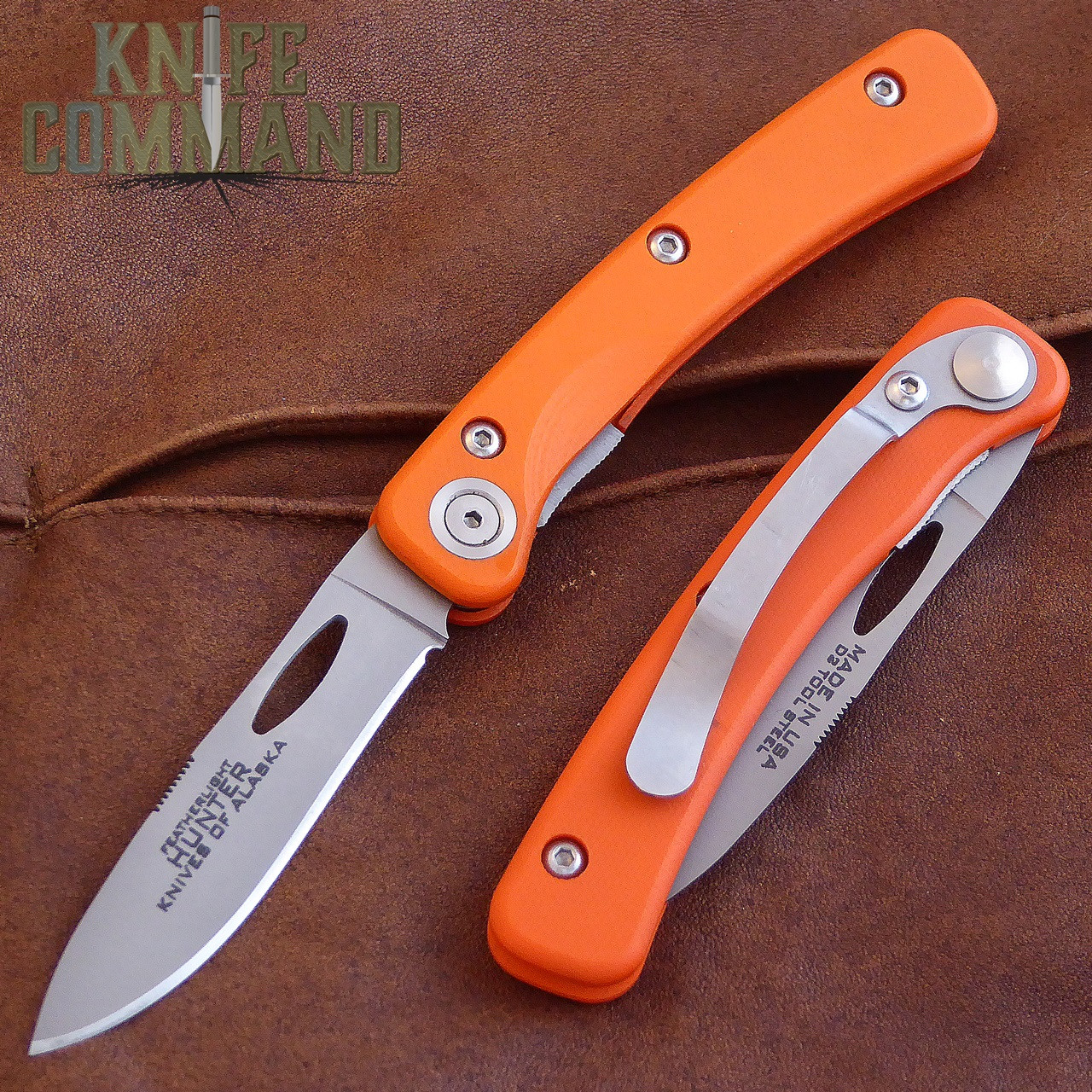The smart Trick of Alaskan Ulu Knives That Nobody is Talking About
Wiki Article
Facts About Bmerry Studio Revealed
Table of ContentsThe 6-Minute Rule for Alaskan Ulu KnivesThe Greatest Guide To Bmerry Studio3 Easy Facts About Alaskan Ulu Knives DescribedBmerry Studio Ulu Knives Fundamentals Explained
I will certainly think that the width and angles will certainly be playing to the strengths of each of the grinds. shapes that curve inward, like a shapely. Think of how a cavern curves in, or assume "con-cavity". shapes that curve outward, like a football. the rear of a blade, reverse of the side.
A full hollow grind goes from the edge all the method up to the spinal column. The Black Widow Caper envisioned above is practically a complete hollow grind; you can see that a bit of the stock on the back is still left unground. The hollow grind is prominent for both manufacturing and handmade blades.
Changing wheel size can be expensive for producers as well as handmade makers alike, which might limit hollow ground layouts to certain sizes, or sustain extra expenses to make a certain design. The hollow work is normally done on a slim blade, as well as after that ground to have a thin side.
Little Known Facts About Bmerry Studio Ulu Knives.
If you integrate a hollow work, a slim side, and also a wonderful deep belly, it will certainly be among the very best cutting blades you have ever had. One advantage of the hollow work is that the blade does not increase in density as considerably as other grinds do. This means that as you hone the side, it will continue to be nearly as slim as when you first obtained your blade.The hollow grind does have a negative aspect certainly. Since there is much less material supporting the edge, it can chip or surrender with tough use that make hollow grinds unfavorable in big layout knives like machetes. If you need your knife to be a supreme slicer, the hollow additional resources grind will certainly perform admirably.
Hollow grinds are typical on searching and also skinning blades consequently. Another blade that utilizes the hollow work is the straight razor. The extremely thin edge you can achieve with a hollow grind enables simple press reducing with the straight razor.: Amazing cutting ability, very easy to develop, much easier to make (can be subjective).
The full level work is as it sounds - the grind goes all the means down from the spinal column to the side bevel in a flat, linear incline. The flat work is one of the most flexible grinds.
Excitement About Alaskan Ulu Knives
Most level grinds are an equilibrium in between the 2, though it will certainly depend on the layout. The complete level grind is thickest at the back for toughness, yet tapers down into a fairly slim edge for exceptional cutting.The flat grind's main bevel inclines linearly and gradually. This allows the complete flat grind to go through materials with more convenience than various other grinds that slope non-linearly (hollow), or at steeper angles (sabre). This is why the bulk of cooking area knives are flat ground - so they can pass via food easily without much resistance.
If someone claims "sabre hollow ground" you know the blade has a hollow grind that starts partway down the blade. The transition line in between the main bevel as well as the unground portion of the blade is described as the Sabre Line. The sabre grind is used when the website here maker wants a more powerful blade.
The chisel grind is not ground you can try here on one side in all. It is totally flat on one side, as well as has the main bevel just on one side. BMerry Studio Ulu Knives. The carve work may or might not have an additional edge bevel. The blade visualized above, as well as the account layout picture to the left, are both sabre sculpt grinds.
The smart Trick of Bmerry Studio That Nobody is Talking About
A full carve grind would certainly have the bevel go all the method as much as the spine (BMerry Studio Ulu Knives). The carve grind is simple to make, as you just need to grind one side, and you do not need to make the grind symmetrical with the various other side. The chisel work is also easy to hone for the very same factor - there's just one side to develop (and afterwards strop off the burr).
The low sabre work makes for an obtuse key bevel angle, incorporated with a carve work, makes for a very thick as well as sturdy edge.: Outstanding stamina, excellent cutting (depending on angle), easy to hone, can have fantastic cutting ability (once more - angle).: In some cases discovered in choppers such as machetes or other bushcraft blades.
Report this wiki page